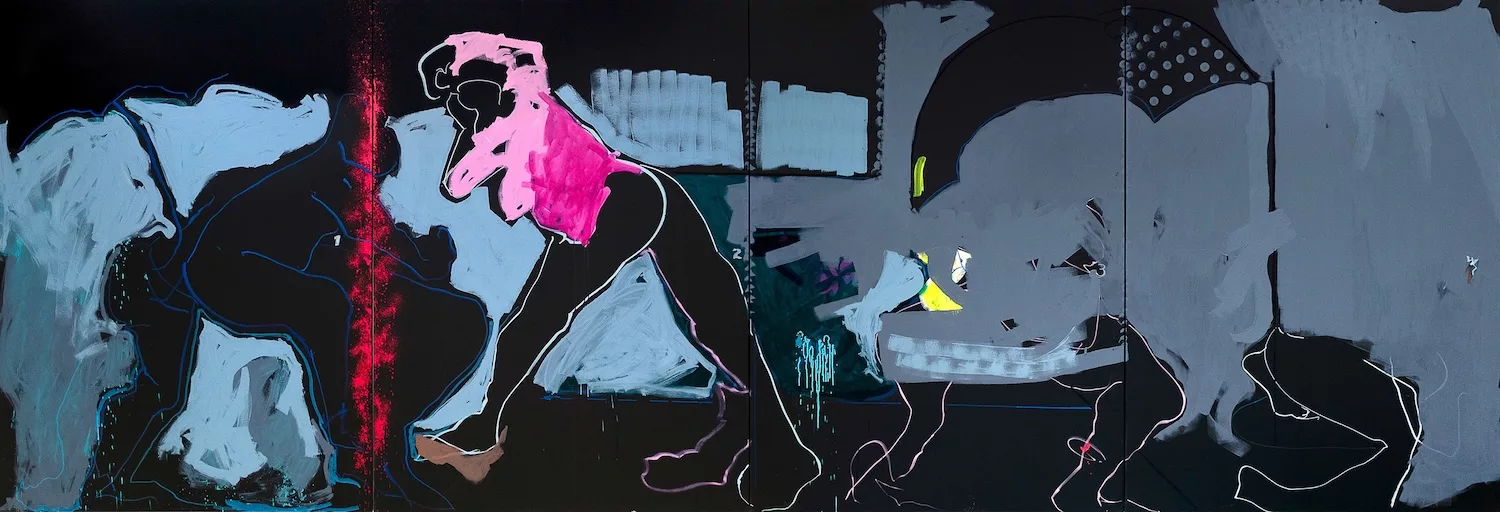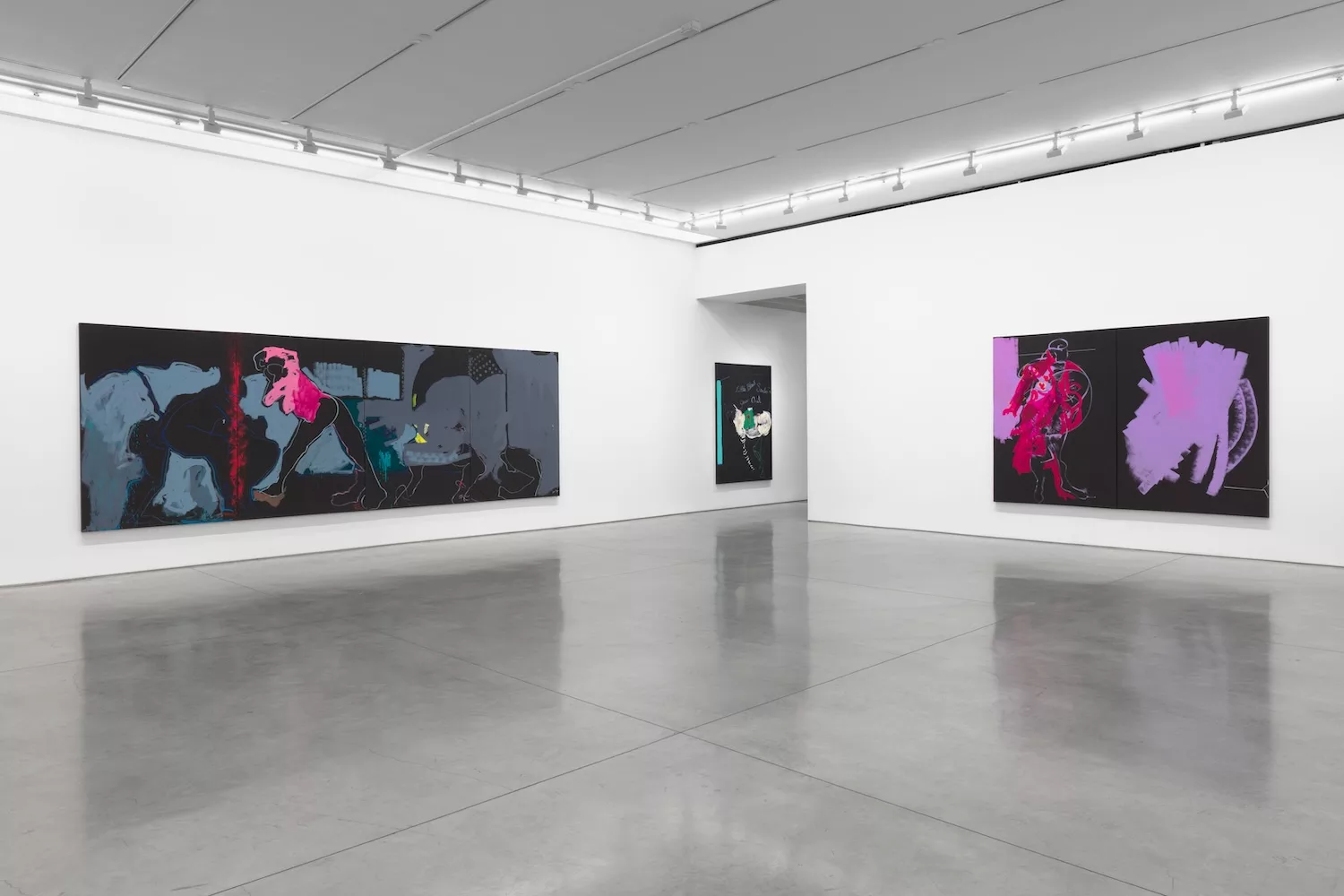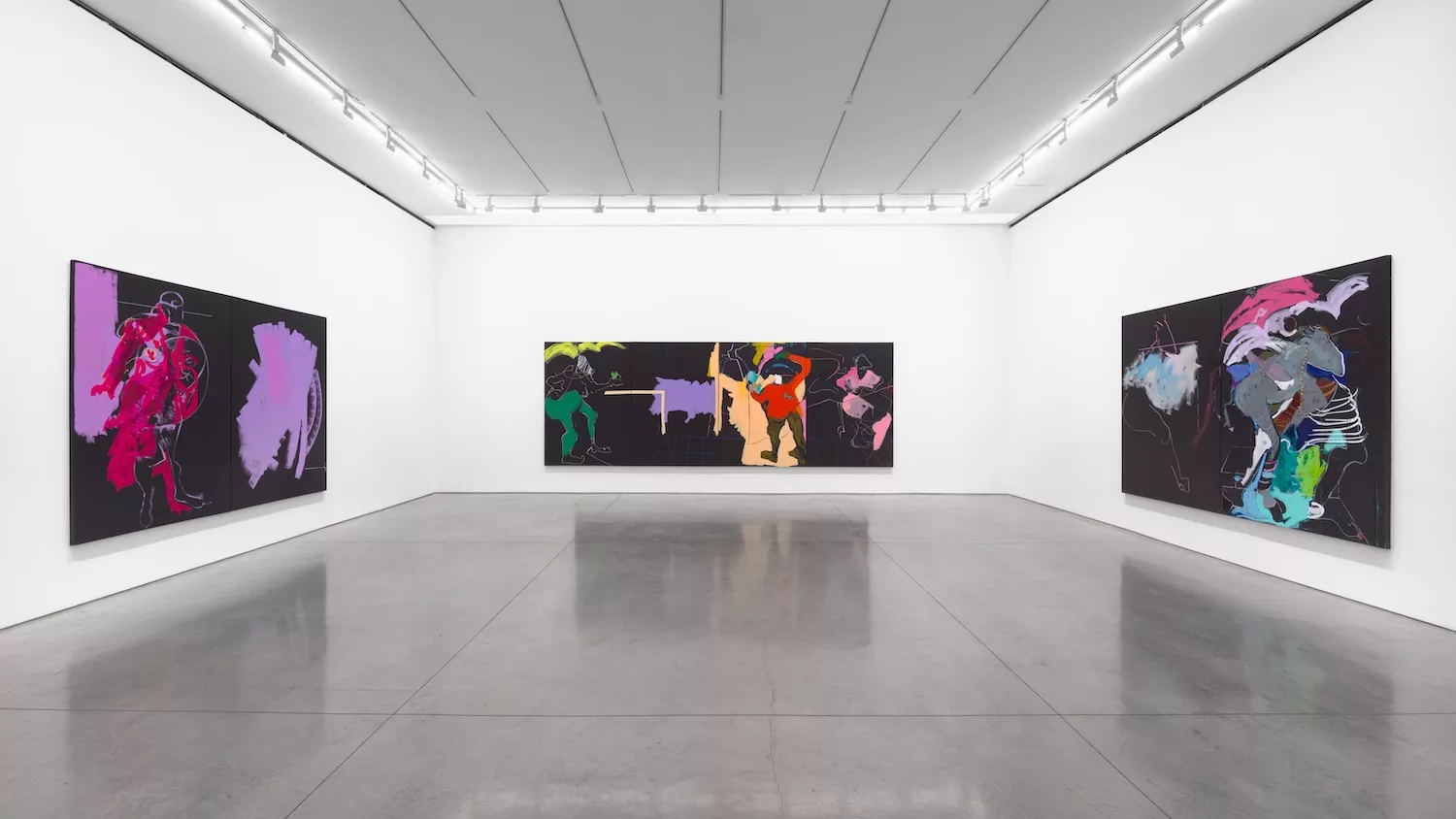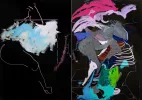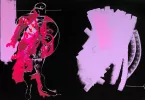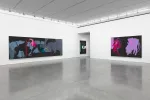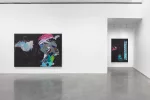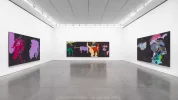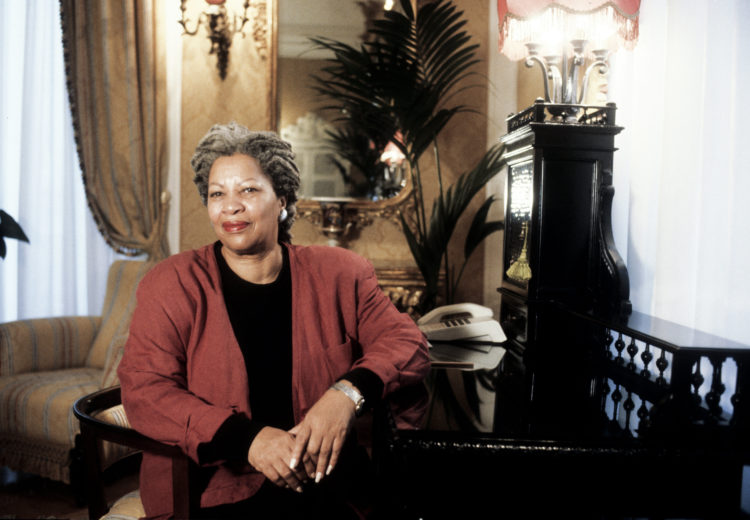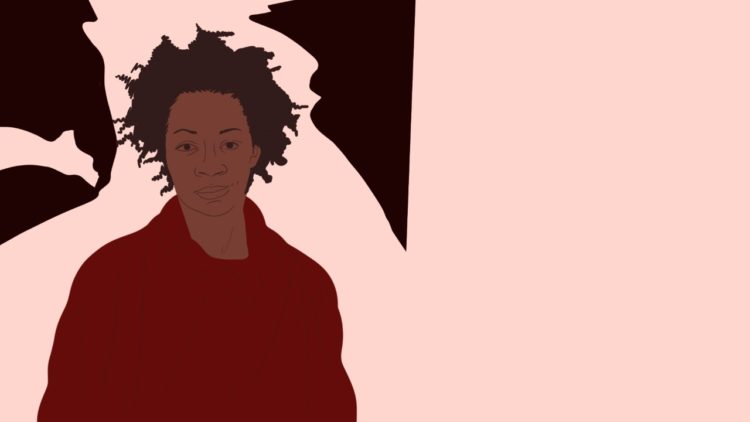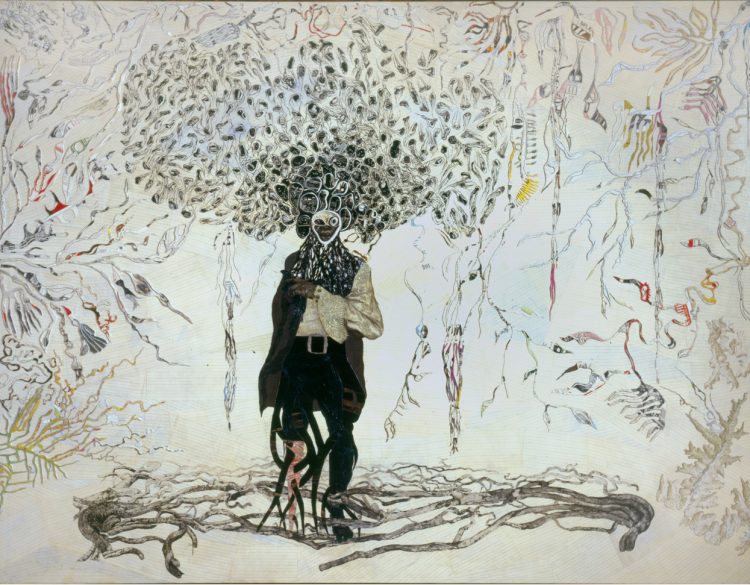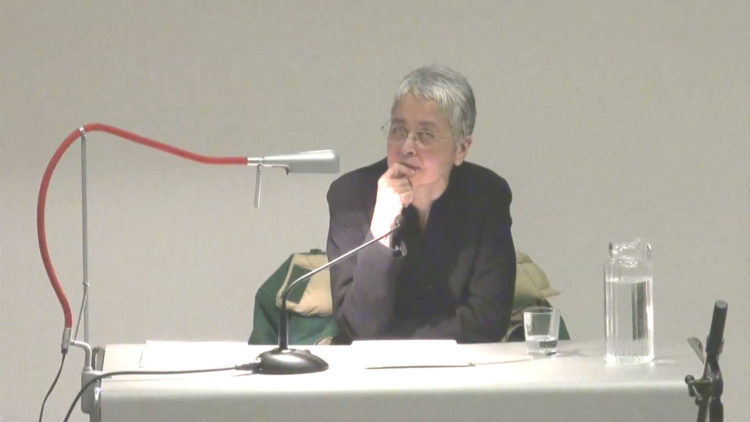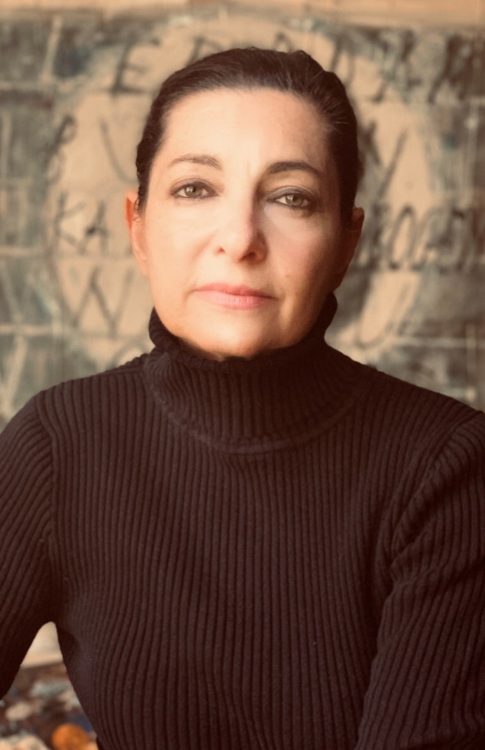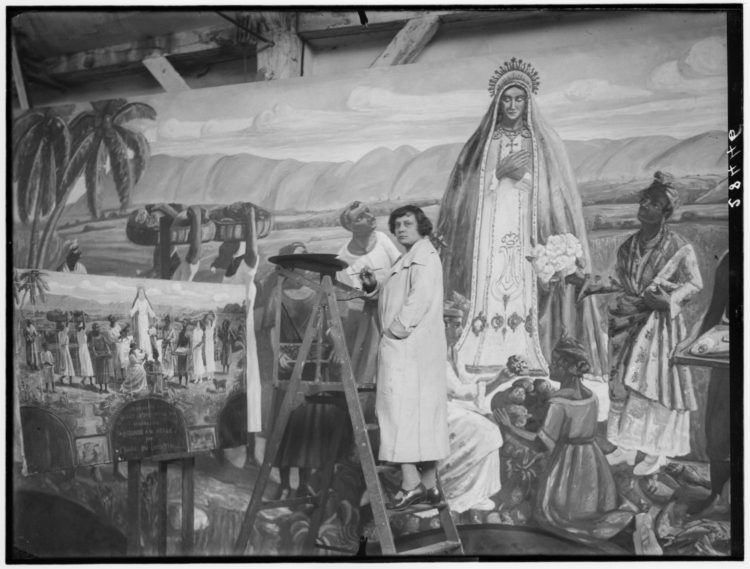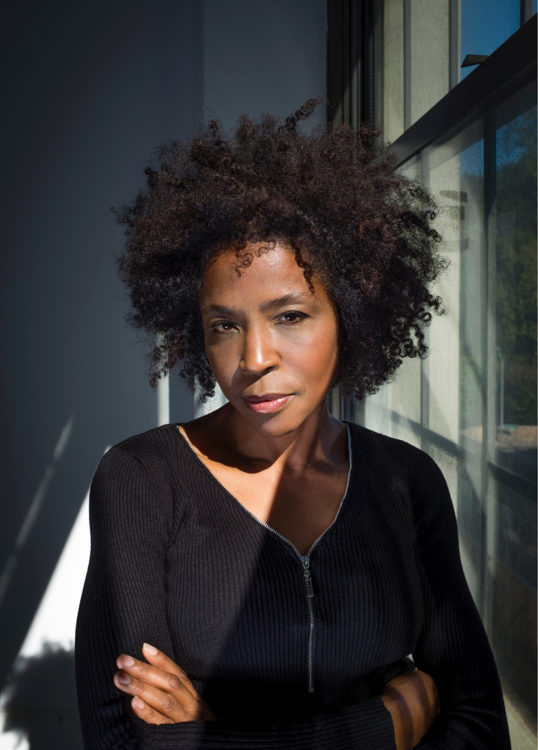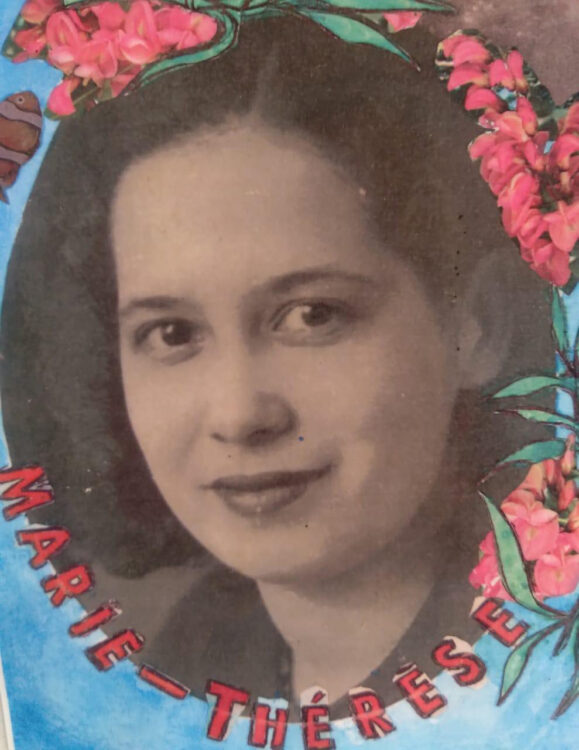Mary Lovelace O’Neal
Jackson, Suzanne and M. Lovelace O’Neal, “Mary Lovelace O’Neal”, BOMB, No. 154, 2021, pp. 24–37
→Rajaratnam, Sukanya, Mary Lovelace O’Neal: Chasing Down the Image, exhib. cat., Mnuchin Gallery, New York, 2020
→LeFalle-Collins, Lizzetta, “When the Muse Comes a-Callin’: In the Print Lab with Mary Lovelace O’Neal”, Black Renaissance, Vol. 13 (1), 2013, pp. 46–59
New Work: Mary Lovelace O’Neal, San Francisco Museum of Modern Art, San Francisco, 16 March–20 October 2024
→Mary Lovelace O’Neal: Chasing Down the Image, Mnuchin Gallery, New York, 6 February–21 March 2020
→Adventures & Misadventures; The Art of Mary Lovelace O’Neal, Togonon Gallery, San Francisco, 11 October–24 November 2007
African American painter, printmaker, and mixed-media artist.
Mary Lovelace O’Neal’s pioneering work explores the intersections of memory, politics and Black identity. Over more than five decades, M. Lovelace O’Neal has crafted her own aesthetic vernacular: a distinctive visual language that merges abstraction with profoundly resonant and personal narratives, all tied to her rooted meditations on African American culture. A figure close to the Black Arts Movement, she has challenged the boundaries of the representational and the place of activism in art.
M. Lovelace O’Neal earned her BFA from Howard University in 1964, where she studied under James A. Porter (1905–1970), David Driskell (1931–2020) and Lois Mailou Jones (1905–1998) – all mentors who shaped her artistic trajectory. Awarded a scholarship to attend the Skowhegan School of Painting and Sculpture in 1963, she immersed herself in the works of Abstract Expressionism. There, she also cemented her vocational ties with political engagement through her personal relationships with Civil Rights activists such as Stokely Carmichael, with whom she collaborated on protest marches and voter registration drives. When M. Lovelace O’Neal completed her MFA at Columbia University in 1969, she was the only African American student in her graduating class. It was during this period that she developed her groundbreaking Lampblack series (late 1960s–1970s), with immense canvases layered with strokes of dense black pigment.
M. Lovelace O’Neal’s artistic practice is deeply informed by her lived experiences, her passion for the diversity of artistic genres and practices and her avid curiosity as a well-travelled person. After marrying her first husband, playwright John O’Neal (1940–2019), she moved to New York and helped him establish the Free Southern Theatre, a troupe that brought theatre to Black audiences in the South during the Civil Rights era. In New York, she later met and worked with master printmaker Robert Blackburn (1920–2003). Her work evolved to incorporate mixed media, resulting in richly textured, monumental paintings.
Throughout her career, M. Lovelace O’Neal has broken barriers as a Black woman in the predominantly white, male-dominated American art world. She began teaching at the University of California, Berkeley, in 1978, becoming the first African American to earn tenure in 1985. She served as Chair of the Department of Art Practice and retired as Professor Emerita in 2006. Her influence extends globally, thanks to residencies in France (Cité internationale des arts, Paris, 1993), Morocco, and Chile, and her work features in major collections, such as the Art Institute of Chicago, the Baltimore Museum of Art and the San Francisco Museum of Modern Art.
Solo exhibitions by the artist include New Work: Mary Lovelace O’Neal at the San Francisco Museum of Modern Art (2024), Hecho en Mexico – a mano at Marianne Boesky Gallery in New York (2024) and Whales, A Romance… at the San Francisco Museum of the African Diaspora (2020). Her participation in New York’s 2024 Whitney Biennial, Even Better Than the Real Thing, and the Paris Noir exhibition at the Centre Pompidou (2025) underscores her enduring relevance in contemporary art. In 2025 M. Lovelace O’Neal continues to live and work between Oakland, California, and Mérida, Mexico, creating art that resonates transnationally with profound emotional and cultural depth.
A biography produced as part of “The Origin of Others. Rewriting Art History in the Americas, 19th Century – Today” research programme, in partnership with the Clark Art Institute.
© Archives of Women Artists, Research and Exhibitions, 2025


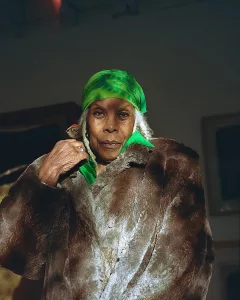
 Color and Light, Paint and Canvas: A Discussion with Arnold Lehman and Mary Lovelace O'Neal | Sir John Soane’s Museum Foundation, 21 December 2020
Color and Light, Paint and Canvas: A Discussion with Arnold Lehman and Mary Lovelace O'Neal | Sir John Soane’s Museum Foundation, 21 December 2020 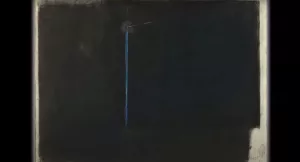 Mary Lovelace O’Neal, « Little Brown Girl… », 1973, and « …And a Twinkle in Your Eye », 1973, National Museum of Women in the Arts | National Museum of Women in Arts, 2018
Mary Lovelace O’Neal, « Little Brown Girl… », 1973, and « …And a Twinkle in Your Eye », 1973, National Museum of Women in the Arts | National Museum of Women in Arts, 2018 
